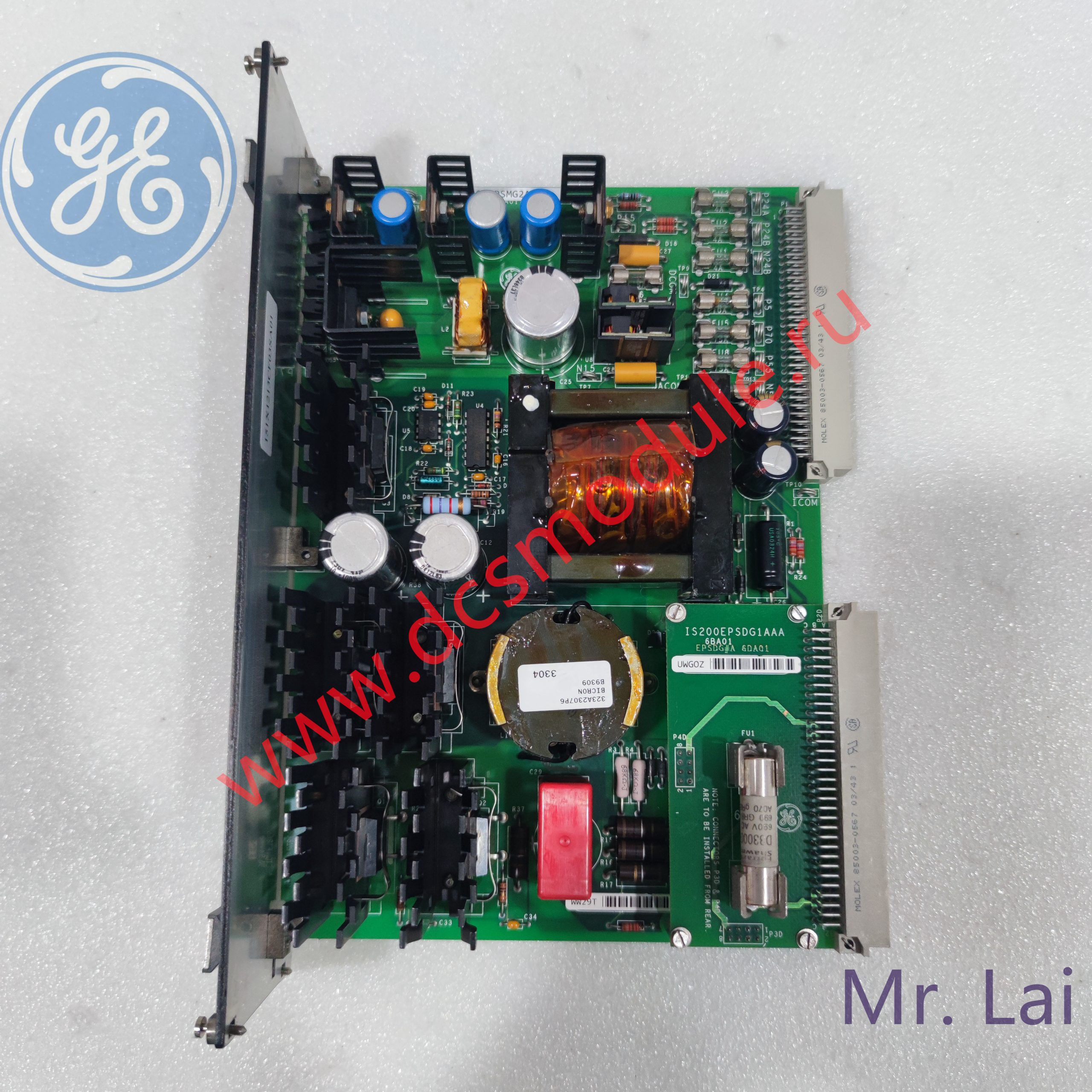Description
DS200SLCCG3AGH Exciter terminal board
Traditional quality improvement programs include Six Sigma, Deming Cycle, Total Quality Management (TQM), and Dorian Scheinin’s
Statistical Engineering (SE) [6]. Methods developed in the 1980s and 1990s are typically applied to small amounts
of data and find univariate relationships between participating factors. The use of the MapReduce paradigm to simplify data processing in
large data sets and its further development have led to the mainstream proliferation of big data analytics [7]. Along with the development of
machine learning technology, the development of big data analytics has provided a series of new tools that can be applied to manufacturing
analysis. These capabilities include the ability to analyze gigabytes of data in batch and streaming modes, the ability to find complex multivariate
nonlinear relationships among many variables, and machine learning algorithms that separate causation from correlation.
Millions of parts are produced on production lines, and data on thousands of process and quality measurements are collected for them, which is
important for improving quality and reducing costs. Design of experiments (DoE), which repeatedly explores thousands of causes through
controlled experiments, is often too time-consuming and costly. Manufacturing experts rely on their domain knowledge to detect key
factors that may affect quality and then run
DoEs based on these factors. Advances in big data analytics and machine learning enable the detection of critical factors that effectively
impact quality and yield. This, combined with domain knowledge, enables rapid detection of root causes of failures. However,
there are some unique data science challenges in manufacturing.
(1) Unequal costs of false alarms and false negatives. When calculating accuracy, it must be recognized that false alarms
and false negatives may have unequal costs. Suppose a false negative is a bad part/instance that was wrongly predicted to
be good. Additionally, assume that a false alarm is a good part that was incorrectly predicted as bad. Assuming further that
the parts produced are safety critical, incorrectly predicting that bad parts are good (false negatives) can put human lives
at risk. Therefore, false negatives can be much more costly than false alarms. This trade-off needs to be considered when
translating business goals into technical goals and candidate evaluation methods.









Reviews
There are no reviews yet.